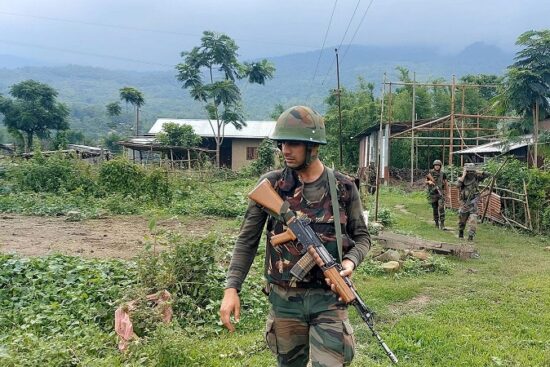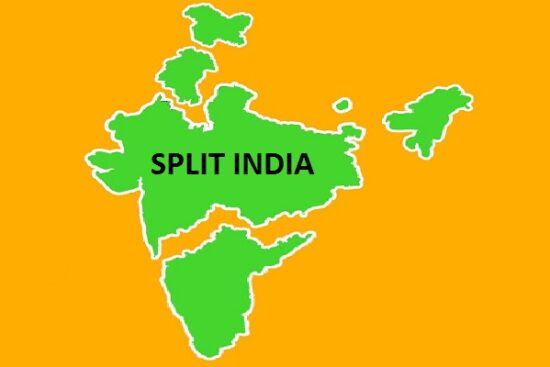
Pakistan is experiencing a serious water management issue, resulting in a staggering yearly economic loss of $29 billion owing to insufficient water storage capacity. According to the United Nations Development Program (UNDP), Pakistan may face acute water shortage by 2025, with annual water availability falling below 500 cubic meters per person. Climate change exacerbates the problem, with melting glaciers in the Himalayan and Karakoram ranges endangering long-term water supplies and increasing the likelihood of glacial lake outburst floods.
A Diversified Strategy for Water Management
Addressing Pakistan’s water issue requires a diversified approach that includes building more dams, improving agricultural methods, implementing wastewater recycling, raising public awareness, strengthening regulatory frameworks, and developing new technologies. The Indus Water Treaty, which oversees the distribution of water from the Indus River between India and Pakistan, is an example of a successful international agreement that ensures water sharing for decades.
The Dams Debate: A Long-Standing Issue
The topic of dam development in Pakistan is not new. The Mangla and Tarbela Dams, which have storage capacity of 7.3 million acre-feet (MAF) and 6 MAF, respectively, have been critical to the country’s water management plan. However, sedimentation has greatly diminished their capacity over time. Since 1976, the lack of new large-scale water storage projects has resulted in millions of acre-feet of potentially valuable water spilling into the Arabian Sea each year, water that might otherwise feed enormous regions and support the country’s rising population.
Political and Regional Tensions
Political and regional tensions exacerbate Pakistan’s water management. The long-running disagreement between Sindh and Punjab over water distribution continues unsolved, with legal interpretations by the Attorney General of Pakistan (AGP) resulting in the establishment of new committees rather than solutions. The failure to build a telemetry system to precisely monitor water flows has also slowed development, raising concerns about accountability and governance.
The Bigger Picture: A Looming Water Crisis
Beyond the immediate economic losses, Pakistan’s long-term water mismanagement has serious consequences. The UNDP predicts that by 2025, water availability in Pakistan might decrease to 500 cubic metres per person per year, down from the current 930 cubic metres, which is already below the threshold for water stress. Climate change exacerbates the problem, with fast glacier melt endangering water supplies and raising the possibility of GLOFs.
Immediate and Long-Term Solutions
A comprehensive approach is required to properly handle Pakistan’s water issue.
Increasing Storage Capacity: Creating new dams and extending existing ones is critical for capturing and storing more water. Small dams, particularly in rainfed areas, can make a substantial contribution to this endeavour.
Improved Irrigation Practices: Modern irrigation techniques, such as drip and sprinkler systems, can decrease water waste by ensuring reaches plant roots while minimizing evaporation and runoff.
Wastewater Recycling: By learning from nations such as Singapore, which satisfies 40% of its water demands through wastewater recycling, Pakistan may establish similar water reuse systems, preserving freshwater resources and providing a consistent supply for non-potable purposes.
Public Awareness and Behavioural Change: Educating the public on water conservation practices is critical. Campaigns aimed at families, schools, and companies can promote measures such as leak repair, water-saving fixtures, and drought-resistant landscaping.
Stronger regulatory frameworks: Improved enforcement is required to guarantee effective water usage and management. The hiring of water inspectors and the creation of an aquifer authority to monitor groundwater levels can assist in reducing over-extraction and depletion.
Technological Innovations: It is critical to implement sophisticated water monitoring and management technologies, such as the long-delayed telemetry system. These systems give reliable data on water flow and consumption, allowing for more effective planning and conflict resolution.
The Role of International Cooperation
International collaboration and aid are also critical in combating Pakistan’s water issue. The Indus Water Treaty is a paradigm for effective water-sharing agreements. However, recent events, like India’s building of the Shahpur Kandi barrage, which diverts water from Pakistan, highlight the necessity for continued communication and partnership.
Conclusion: A Call to Action
Pakistan is at a critical crossroads. The economic losses caused by unused river supplies, as well as the imminent prospect of catastrophic water shortage, necessitate immediate and dramatic action. Building additional dams, upgrading irrigation methods, and using novel water management technology are all necessary tasks. Policy reforms, public awareness initiatives, and international collaboration are all equally crucial.
Failure to solve these challenges would increase economic losses while also jeopardising millions of Pakistanis’ future food security and livelihoods. As Irshad Khan warned, the threat of starvation loomed over the country. It is time for Pakistan to take strong action and ensure its water future.



















Leave a Reply